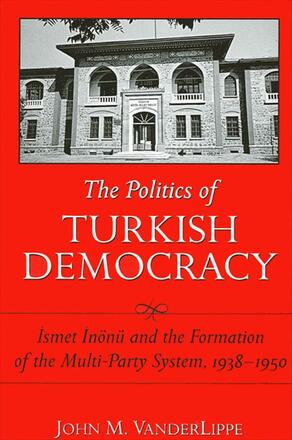
The Politics of Turkish Democracy
İsmet İnönü and the Formation of the Multi-Party System, 1938-1950
Alternative formats available from:
The history of Turkey's difficult transition to a multi-party political system.
Description
One of the most significant yet least known periods of modern Turkish history is that of Turkey's second president, İsmet İnönü. Following the death of Mustafa Kemal Atatürk in 1938, Turkish politicians and intellectuals struggled to redefine Kemalist notions of modernity and democracy, Islam and secularization, the role of the state, and Turkey's place in the world. The Politics of Turkish Democracy examines İnönü's presidency (1938–1950), which developed amid the crises of World War II and the Cold War, global economic and political transformation, and economic and social change within Turkey. John M. VanderLippe analyzes the political discourse of the era and argues that İnönü was a pivotal figure who played the decisive role in Turkey's transition to a multi-party political system.
John M. VanderLippe is Associate Professor of History at the State University of New York at New Paltz.